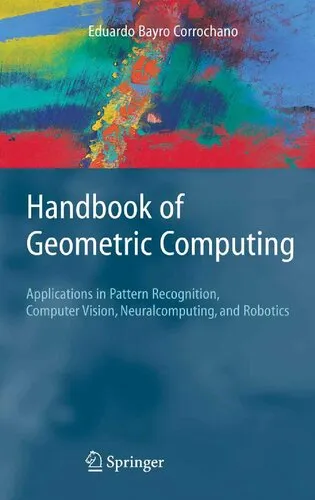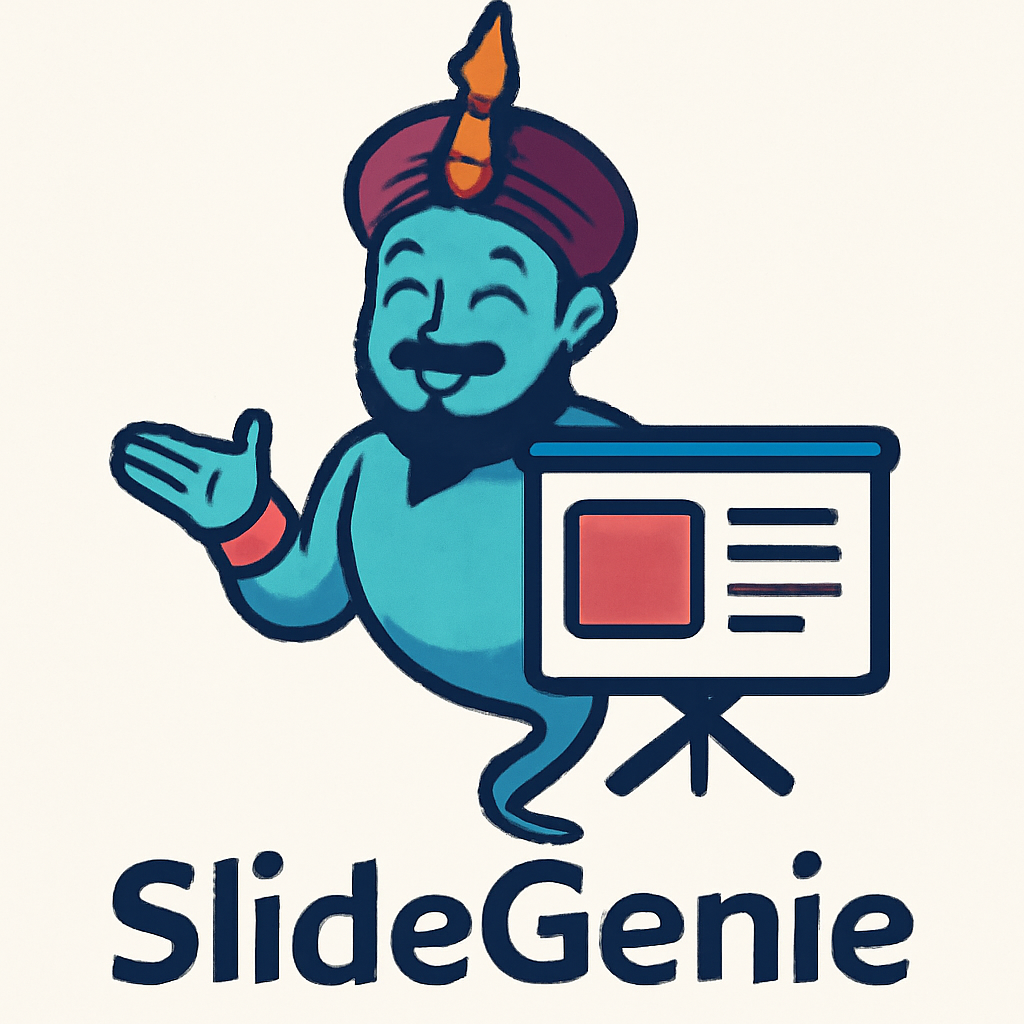Handbook of Geometric Computing: Applications in Pattern Recognition, Computer Vision, Neuralcomputing, and Robotics
4.0
بر اساس نظر کاربران

شما میتونید سوالاتتون در باره کتاب رو از هوش مصنوعیش بعد از ورود بپرسید
هر دانلود یا پرسش از هوش مصنوعی 2 امتیاز لازم دارد، برای بدست آوردن امتیاز رایگان، به صفحه ی راهنمای امتیازات سر بزنید و یک سری کار ارزشمند انجام بدینمعرفی کتاب "Handbook of Geometric Computing"
کتاب Handbook of Geometric Computing یکی از جامعترین منابع در زمینهی استفاده از روشهای محاسبات هندسی در حوزههای Pattern Recognition، Computer Vision، Neuralcomputing و Robotics است. این کتاب با نگاه نوآورانه به مبانی ریاضی و پیادهسازیهای عملی، محققان، دانشجویان و متخصصان را برای درک عمیقتر و کاربردهای گستردهتر این فناوریها توانمند میسازد.
خلاصهای از کتاب
این کتاب از ابتدا تا انتها بر مبنای اصول هندسی و ریاضیات پیشرفته نوشته شده است. فصلهای آغازین، مفاهیم پایهای Geometric Algebra و Geometric Calculus را پوشش میدهند. سپس، به سمت کاربردهای عملی در تشخیص الگوها و پردازش تصاویر حرکت میکنیم. در بخشهای میانی، از قدرت محاسبات هندسی برای بهینهسازی محاسبات عصبی و شبکههای عصبی مصنوعی استفاده شده است. یکی از نقاط قوت این کتاب، ارتباط دادن مستقیم Geometric Computing به مشکلات واقعی در رباتیک است. در فصلهای پایانی، نویسنده به شرح راهکارهای خلاقانه برای کنترل دینامیکی رباتها و استفاده از هوش مصنوعی پیشرفته میپردازد.
نکات کلیدی که از این کتاب فرا میگیرید
- درک عمیق از اهمیت Geometric Algebra در علوم محاسباتی
- کاربرد تکنیکهای ریاضیاتی در Pattern Recognition و Computer Vision
- چگونگی استفاده از محاسبات هندسی در بهبود عملکرد شبکههای عصبی
- راهکارهای نوآورانه برای کنترل و طراحی دینامیک رباتها
- ایجاد ارتباط مستقیم بین تئوری و عمل در مشکلات واقعی فناوری
نقلقولهای معروف از کتاب
“Geometric Computing opens new frontiers for interdisciplinary applications where mathematics meets technology.”
“Through the lens of geometric algebra, artificial intelligence finds a powerful ally in solving complex real-world problems.”
چرا این کتاب اهمیت دارد؟
این کتاب برای کسانی که در مرزهای تکنولوژی و ریاضیات فعالیت میکنند، بسیار ارزشمند است. Handbook of Geometric Computing پلی است بین نظریههای پیچیده ریاضی و کاربردهای عملی در هوش مصنوعی و رباتیک. در دنیایی که فناوری با سرعت در حال پیشرفت است، این کتاب ابزارهای ضروری برای حل چالشهای جدید را فراهم میآورد. علاوه بر این، دیدگاه بینرشتهای کتاب آن را به منبعی بینظیر برای محققان و دانشجویان تبدیل میکند.
اگر به دنبال فهمی عمیقتر از نحوه ترکیب محاسبات، هوش مصنوعی و رباتیک هستید، این کتاب نقطه شروعی عالی است. همچنین، مثالهای عملی که در کتاب آورده شده، به خواننده کمک میکنند تا مفاهیم پیچیده را به سادگی در پروژههای واقعی اجرا کند.
Introduction to "Handbook of Geometric Computing: Applications in Pattern Recognition, Computer Vision, Neuralcomputing, and Robotics"
The study of computational geometry and its applications has grown exponentially in recent years, especially with the advent of artificial intelligence, machine learning, and robotic systems. The "Handbook of Geometric Computing: Applications in Pattern Recognition, Computer Vision, Neuralcomputing, and Robotics" provides a comprehensive look at the essential applications and theoretical frameworks associated with geometric computing. Written with interdisciplinary rigor, this book bridges mathematics, computer science, and engineering principles to offer readers a detailed roadmap of how geometric algebra and computational methods are applied in solving real-world problems.
Whether you are a student, researcher, or practitioner in fields like computer vision, robotics, or pattern recognition, this book provides the foundational tools to understand and implement geometric computing techniques effectively. By exploring various mathematical constructs like homographies, conformal models, and quaternion algebra, the text enables professionals to better model, analyze, and solve complex computational problems. It unravels new ways of thinking about how machines perceive and interact with their surroundings, powered by a more structured and systematic approach to geometry and algebra.
Detailed Summary
The book is divided into multiple chapters, each delving deep into a facet of geometric computing:
It begins with a strong foundational introduction to geometric algebra and its computational advantages. Traditional methods in pattern recognition, robotics, and image processing often neglect the elegance and robustness provided by these algebraic tools. Through clear examples and vivid illustrations, the book explains how these models unify various representations of geometry, offering a universal language to tackle diverse problems.
In the sections on pattern recognition, the book highlights the use of geometric methods to analyze and classify patterns. It demonstrates how these techniques enhance feature extraction, dimensionality reduction, and decision-making processes. Likewise, in computer vision, the text introduces sophisticated transformations and projections that allow computers to perceive 3D spaces more intuitively from 2D inputs.
The neuralcomputing section integrates cognitive sciences with computation, presenting models that simulate neural learning processes using geometric frameworks. Complex neural networks, often seen as abstract and high dimensional, are simplified through geometric representations, ensuring clarity and improving computational efficiency.
Lastly, in robotics, the fundamental chapters present practical approaches for motion planning, navigation, and sensor fusion, all underpinned by geometric algebra. Robots equipped with these paradigms are not just highly functional but also adaptable to changing and dynamic environments, ensuring optimal performance.
Key Takeaways
- Geometric algebra provides a unified language for multiple domains in computing, from simple spatial reasoning to complex 3D transformations.
- The book bridges the gap between mathematical abstraction and practical applications, making it ideal for interdisciplinary research and developments.
- Readers learn novel methods for improving the efficiency and accuracy of common tasks like pattern recognition and robotics navigation.
- Contains numerous examples and exercises, enabling readers to apply theoretical models directly to computational problems.
- Presents emerging concepts like sensor fusion and neural-geometric computing, offering insights into frontier research areas.
Famous Quotes from the Book
"By embedding geometry within algebra, we transcend the limitations of classical computing, enabling intelligent machines to bridge dimensions as seamlessly as humans envision them."
"Geometric computing is not just a toolkit—it’s a paradigm that redefines how we approach and solve problems in the computational world."
"To understand the world geometrically is to see the underlying structure behind forms, patterns, and motions; to compute it is to make sense of this structure and use it effectively."
Why This Book Matters
Geometric computing stands at the crossroads of powerful modern technologies such as AI, robotics, and data analysis. Despite its clear potential, many practitioners and researchers struggle to adopt its principles due to the perceived mathematical complexity. This book eliminates that barrier by presenting solid theoretical foundations in an accessible format, combined with practical paradigms for real-world applications.
With a focus on interdisciplinary application, the book allows engineers, mathematicians, and computer scientists to collaborate more effectively. By standardizing geometric and algebraic tools across domains, it opens the door to new possibilities—autonomous machines that learn better, systems that see in 3D with minimal errors, and algorithms that classify patterns with unparalleled accuracy.
Ultimately, this book is a foundational text for anyone who wants to push the boundaries of spatial computing. It not only educates but also inspires its readers to think differently, question existing paradigms, and embrace new horizons in geometric technology.
دانلود رایگان مستقیم
شما میتونید سوالاتتون در باره کتاب رو از هوش مصنوعیش بعد از ورود بپرسید
دسترسی به کتابها از طریق پلتفرمهای قانونی و کتابخانههای عمومی نه تنها از حقوق نویسندگان و ناشران حمایت میکند، بلکه به پایداری فرهنگ کتابخوانی نیز کمک میرساند. پیش از دانلود، لحظهای به بررسی این گزینهها فکر کنید.
این کتاب رو در پلتفرم های دیگه ببینید
WorldCat به شما کمک میکنه تا کتاب ها رو در کتابخانه های سراسر دنیا پیدا کنید
امتیازها، نظرات تخصصی و صحبت ها درباره کتاب را در Goodreads ببینید
کتابهای کمیاب یا دست دوم را در AbeBooks پیدا کنید و بخرید
1166
بازدید4.0
امتیاز50
نظر98%
رضایتنظرات:
4.0
بر اساس 0 نظر کاربران
"کیفیت چاپ عالی بود، خیلی راضیام"
Questions & Answers
Ask questions about this book or help others by answering
No questions yet. Be the first to ask!


